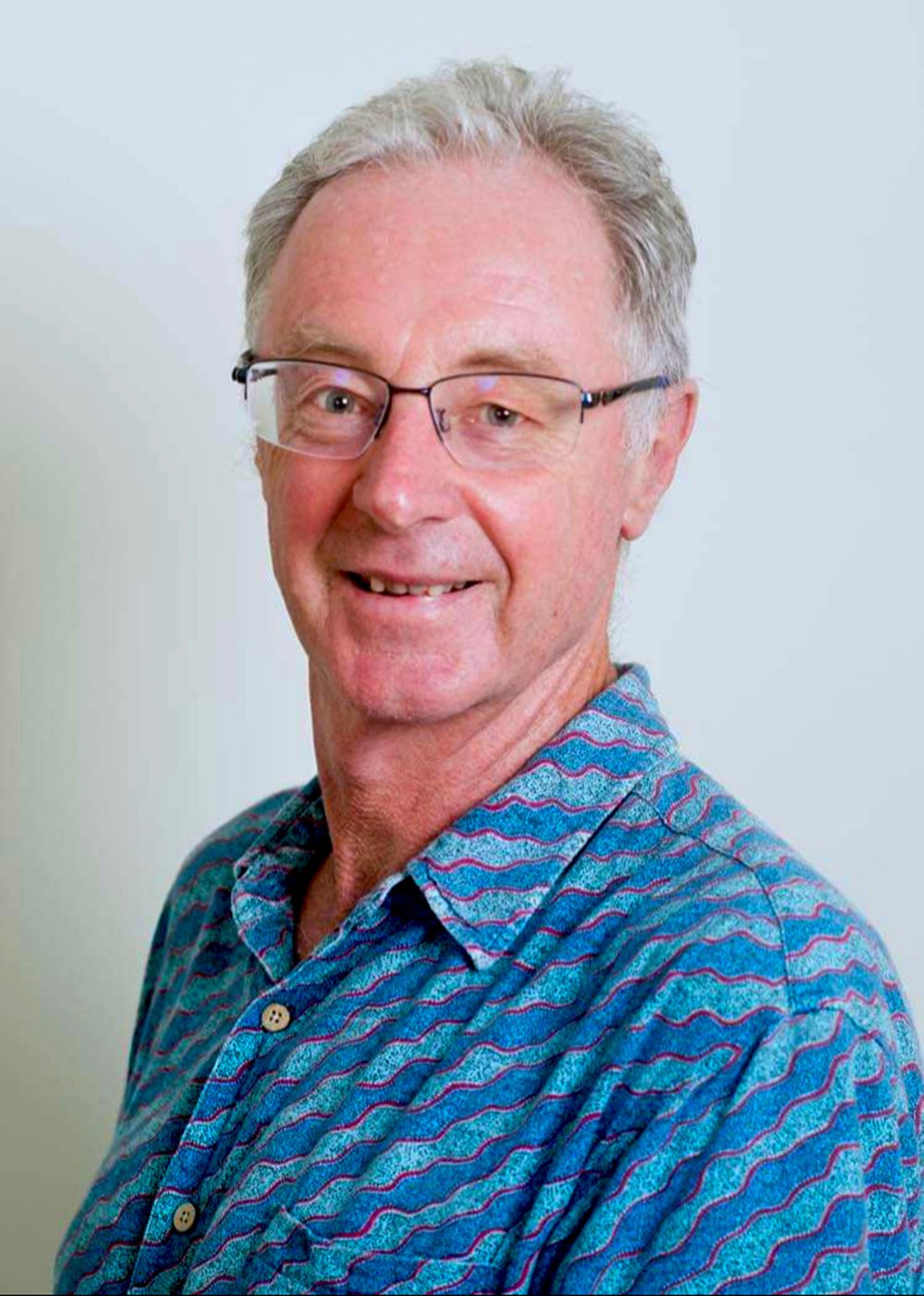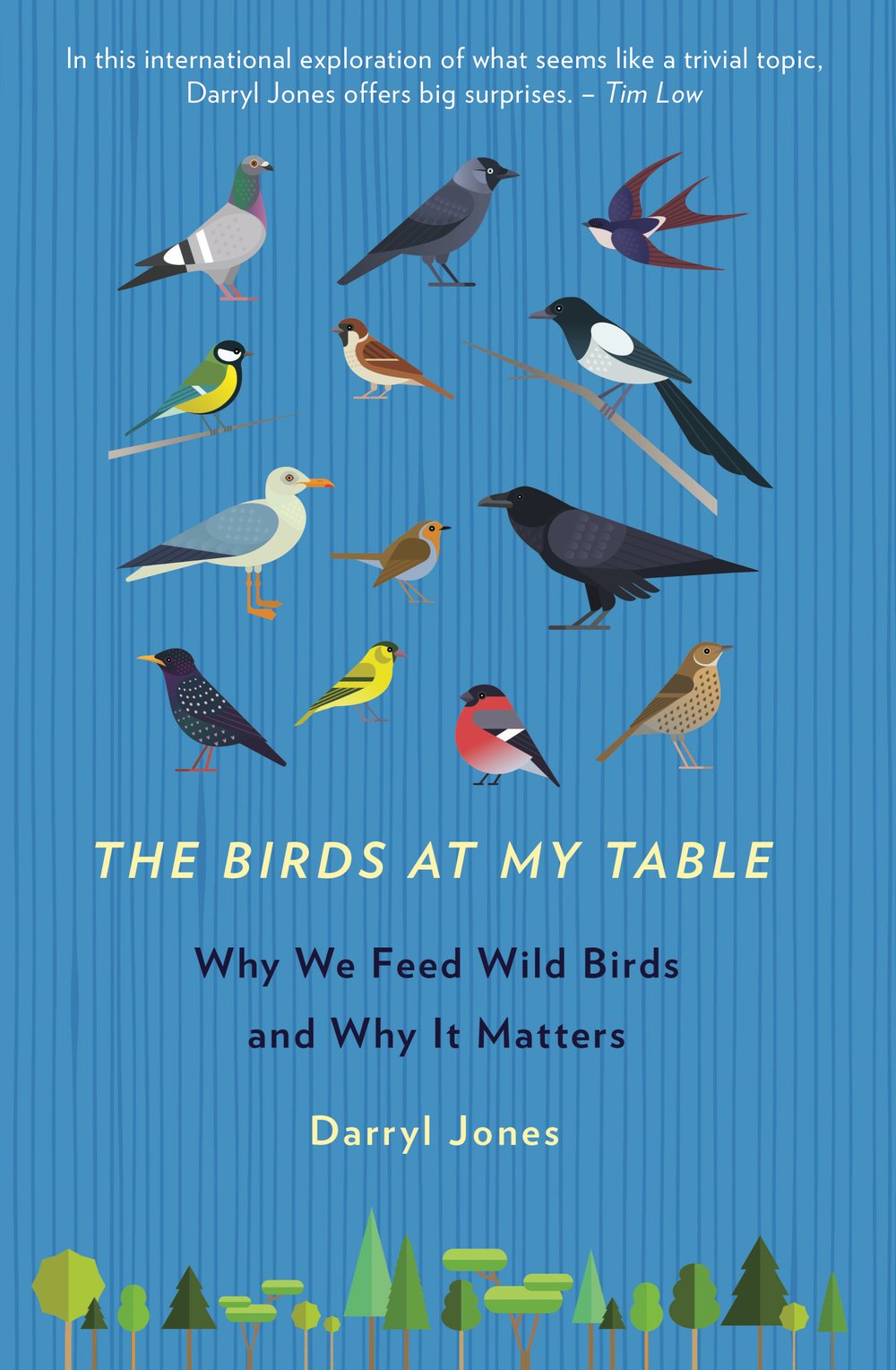Feeding wild birds is probably something so familiar, so everyday, so commonplace – so tame perhaps – that we can forget that this is a fundamentally artificial activity. In virtually every case, the types of food we use to attract birds to our house yards – typically mixtures of various seeds but sometimes left-overs from a family meal – are entirely different to those they consume in their natural diet. Our feeders also concentrate birds into closer interactions than they would normally tolerate, often bringing together species which would never have anything to do with each other. Even the structure of the feeder itself is starkly unnatural: a swaying glass cylinder or a conspicuous platform, typically in an open and potentially dangerous setting.
Yet – wonderfully – the birds don’t seem to mind. They wing in to consume the unusual offerings from these strange structures, freely and willingly, wild creatures entering our lives for a while and then leaving just as quickly. These visits are often brief but they can be deeply valued by the people watching. Nonetheless, regardless of what we may think, these snacks usually occupy only a fragment of their busy lives. There have been concerns that our provisioning of bird food may lead to dependence but there appears very little evidence for this. Apart from extreme situations such as prolonged cold periods or drought, most birds visiting feeders obtain only a small proportion of their daily diet this way; most of their food remains entirely natural.
We might pride ourselves on our efforts at providing plenty of food for lots of species. And that this makes a real difference in their lives. But, it seems, this may speak more about us than it does about them. Now there are definitely circumstances where the provisioning of foods for birds in towns and cities is vital – the hummingbirds now resident in wintry Seattle, for example, or the song thrushes on Britain, whose primary habitat is now urban. But the reality is that almost all of the seed (and it is a truly massive amount) put out for untold millions of birds which visit our feeders, is not really necessary. It all gets eaten, sure, but it is really an addition, sometimes just a passing snack, to their dietary requirements. For most individual birds, the feeder food appears to be a welcome option but is rarely essential.
We think our feeders are for the birds. Our feeders are actually for us. But the birds don’t seem to mind. They continue to willingly bring their lives into ours and so offer wonder, hope, knowledge, and pleasure.
That statement might suggest that I don’t think that feeding birds is important. On the contrary, I believe this pastime to be one of the most significant means by which humans are able to interact with nature. In an increasingly urbanised world, where more and more people are concentrated into increasingly smaller areas, our connection with wildness becomes ever more vital. There is now an abundance of evidence of the benefits – mental, medical, physical, spiritual – of even passive form of contact with non-anthropogenic features. A walk in the park, time in the garden, walking beside a lake, jogging along the river. These are all valuable. But there is something especially profound about direct contact with genuine wild-life. The simple, everyday, commonplace action of filling a feeder can result in a truly wild creature entering our lives. That can be an experience of enormous significance.
And responsibility. This everyday, commonplace action also changes entirely natural communities. Feeders attract feeder birds, not everything. Many of these birds displace, other less pushy types. And by concentrating birds into unnaturally small areas, the possibility for the spread of infection is enormously increased. Feeders can attract vermin and predators, and the food can be of poor quality. If we are going to invite birds to share our table, we must face up to the responsibility of the host.
The most important issue of maintaining a bird feeder is, however, even less obvious. We are typically focussed on our feeder, in our garden. But these are part of a huge network of other feeders, all interconnected by the birds which travel between them. As a whole, this is a landscape, state, country, continental, possibly global web of connections. Currently, we know virtually nothing about the how these interactions work. But it’s time to take this everyday activity much more seriously.

